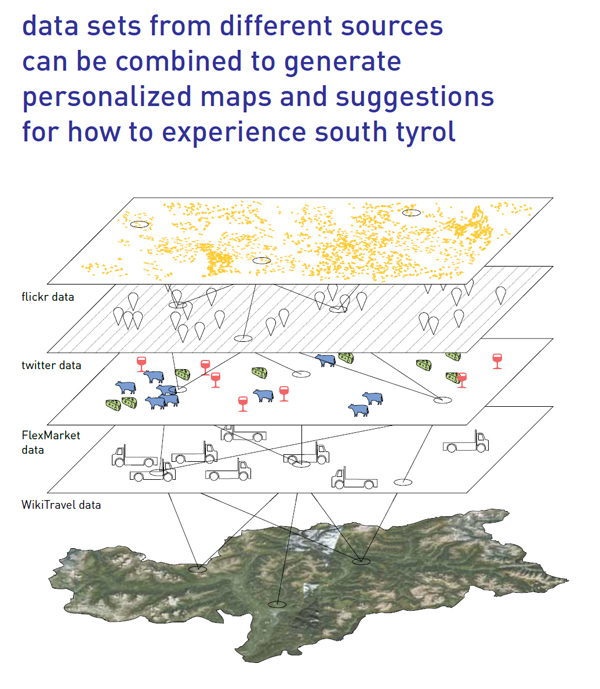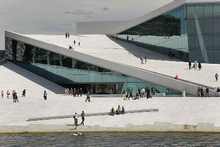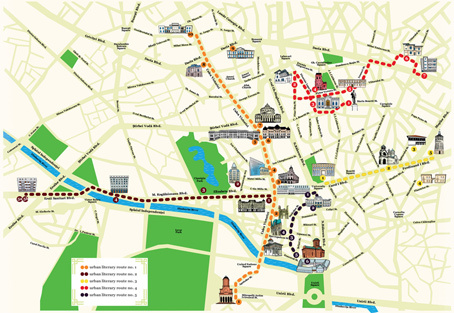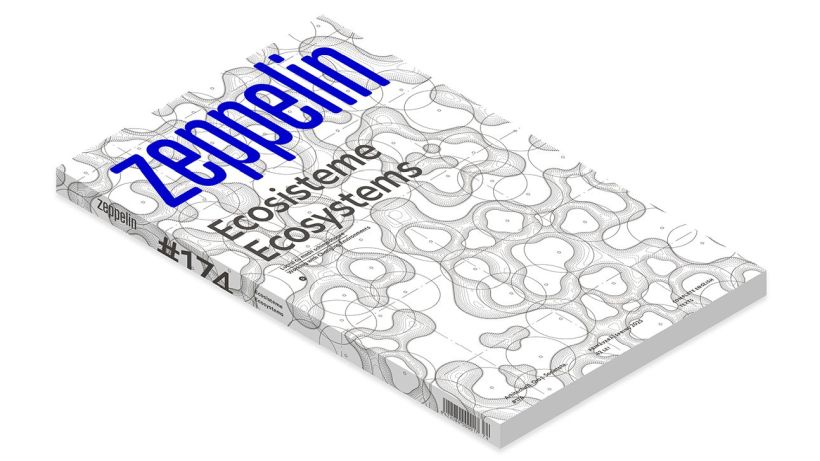Text: MIT SENSEable City Lab / Illustratiions: Jennifer Dunnam
The past years have seen a rising interest for quality grown, fresh and local produce distributed through farmer’s markets, on-site-purchases or mobile vendors. Food markets and street vendors have existed since the earliest town settlements were formed and mobility was once a critical feature for adapting to seasonal changes and city dynamics. Today’s farmer’s markets operate around fixed schedules and locations, which limit their exposure and rarely reflect supply and demand fluctuations. As cities continue to grow in size and complexity with urban populations increasingly connected and mobile, there arises an opportunity to re-examine food distribution strategies and design the farmer’s market in a way that improves efficiency by enhancing communication between producers and consumers. MatchingMarkets is a mobile network of vendors using real-time communication to optimize distribution, increase awareness of local products, respond to seasonal activity patterns, and strengthen connections between local supply and demand.





